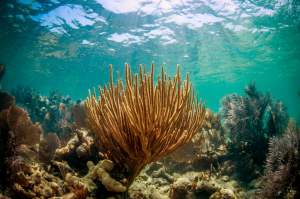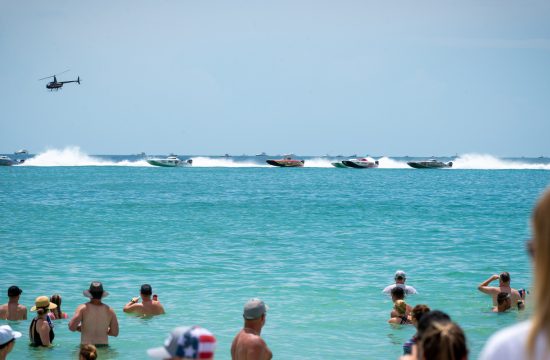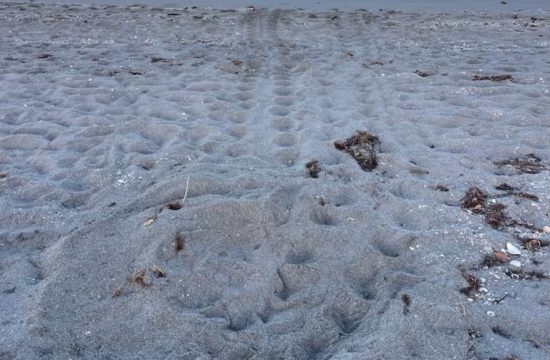The Comprehensive Plan To Protect The Florida Keys
Since 1990, the Florida Keys National Marine Sanctuary has been tasked with protecting the only barrier coral reef in the continental United States.
Well, after nearly 30 years of experience under its belt, the sanctuary is releasing the “Restoration Blueprint,” a comprehensive plan on how to protect the Florida Keys.
“We have new zones proposed, we have boundary changes that we are proposing, so it is a comprehensive look,” Florida Keys National Marine Sanctuary Superintendent Sarah Fangman explained to WLRN News.
The National Oceanic and Atmospheric Administration, the governing body of the sanctuary, wants the public’s input on the proposed changes to the management of the sanctuary. This is why when the blueprint is released on Tuesday it will be found on the Florida Keys National Marine Sanctuary’s website and discussed at a Sanctuary Advisory Council meeting.
The Sanctuary Advisory Council – which represents the community, industries, and governments – is holding the meeting at 9 a.m. at the Isla Bella Beach Resort located at 1 Knights Key Boulevard in Marathon.
According to WLRN, the community will have four alternatives they can choose from: a preferred alternative, no changes, less restrictive changes, and more restrictive changes.
The fragile ecosystem of the Keys has been under siege from a variety of threats that the sanctuary has been hard at work fighting. Those threats include:
-
Coastal Development
-
Water Quality
-
Invasive Species
-
Marine Debris
-
Coral Bleaching and Disease
-
Climate Change and Ocean Acidification
-
Disturbances To Wildlife
-
Overfishing
-
Vessel Traffic and Groundings
“The strategies we’re proposing aren’t going to fix those global issues,” Fangman told WLRN News. “But what they’re going to do is help this system be stronger.”
The restoration blueprint, which is based on restoration science, technical experience and community involvement, will focus on the factors the sanctuary can control, such as zoning, regulations and volunteer programs.
“We’ve got to remain vigilant, we’ve got to be good stewards,” said George Neugent, the former mayor of Monroe County, “This treasure is for our children and grandchildren and for other people throughout the United States and the world, for that matter.”
Currently, the sanctuary protects a total of 3,800 square miles that are home to 1.4 million acres of seagrass beds, more than 6,000 marine species, 1,800 miles of mangrove shoreline and 800 historical sites.













